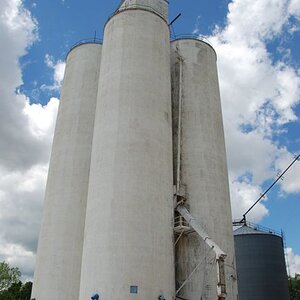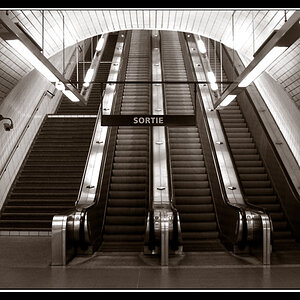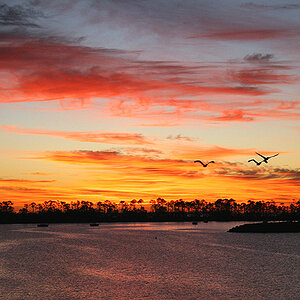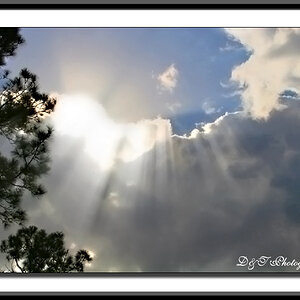PulsarBG
TPF Noob!
- Joined
- Nov 20, 2015
- Messages
- 2
- Reaction score
- 0
- Can others edit my Photos
- Photos NOT OK to edit
Hello Ladies and Gents,
Could someone suggest a good 360 time lapse (electronic or not) tripod head that preferably not super expensive and supports very slow rotation speeds in the order of 3-4 or more hours per cycle? For example I'd like to be able to do a 45 degree continuous rotation for 5 hours. Also if there is one with stops for long shutter exposure that would be interesting as well since I might want to use it for astrophotography down the road. Thanks in advance
Could someone suggest a good 360 time lapse (electronic or not) tripod head that preferably not super expensive and supports very slow rotation speeds in the order of 3-4 or more hours per cycle? For example I'd like to be able to do a 45 degree continuous rotation for 5 hours. Also if there is one with stops for long shutter exposure that would be interesting as well since I might want to use it for astrophotography down the road. Thanks in advance



![[No title]](/data/xfmg/thumbnail/42/42280-60cc6d4893a2f440eac7dd2248e733a9.jpg?1619740088)



![[No title]](/data/xfmg/thumbnail/30/30881-c36788e79b12973b7bf57c94b46961e9.jpg?1619734495)

![[No title]](/data/xfmg/thumbnail/37/37113-886cb28b1e3fb197bdd00a9148269407.jpg?1619737882)
![[No title]](/data/xfmg/thumbnail/37/37116-fdf3127b1d8834c25461dd2d201c031c.jpg?1619737883)



